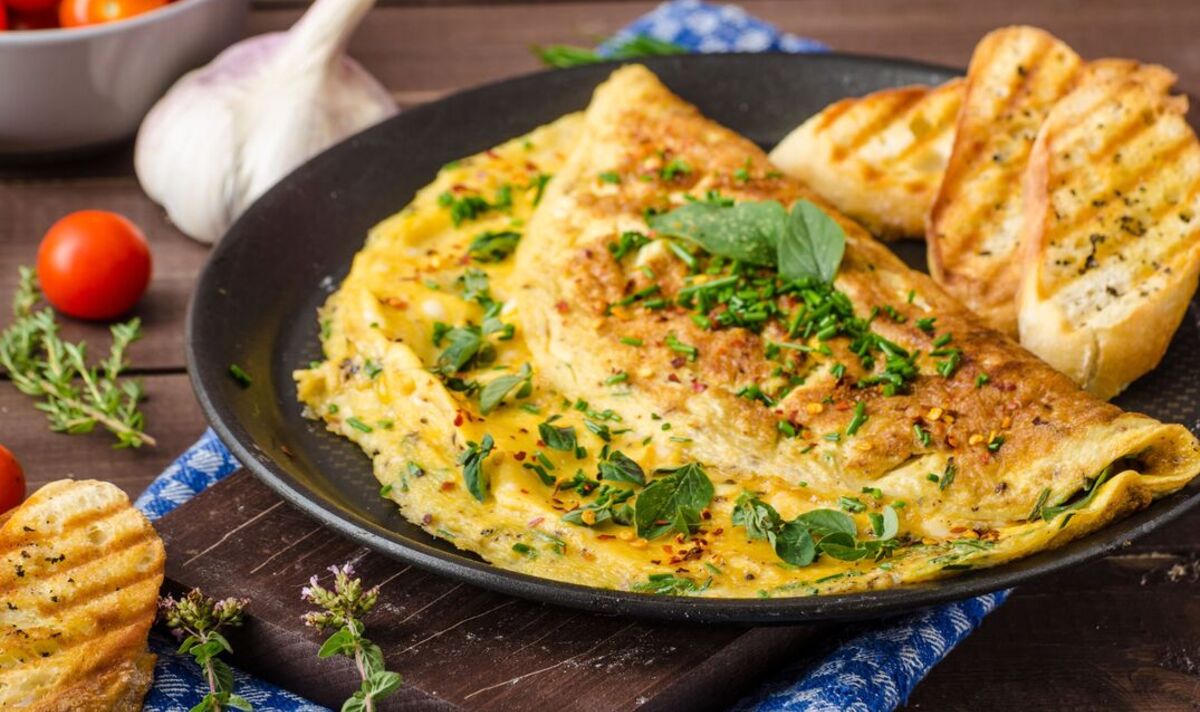Code And Cook: Learning Programming Basics While Making An Omelette
 EchoVagabond
EchoVagabond
Cooking and coding may seem worlds apart, but they share a surprising number of similarities. Both require a clear set of instructions, careful planning, and creativity. What if you could learn some foundational concepts of programming while preparing a simple dish? In this article, we'll explore basic coding principles using the process of making a delicious omelet as our guide. And for more cooking inspiration, check out corriecooks.com for a variety of tasty recipes.
Variables and Ingredients: The Building Blocks
Variables are the building blocks in programming. They are the storage locations that hold data. Similar to making an omelette, the ingredients are the building blocks. For instance, salt, eggs, milk, and pepper are essential building blocks for omelette as are variables in programming. Each of these variables can hold different values just like in coding. Therefore, if you want a bigger omelet, you may decide to increase the value of eggs from 3 to 4. That has a direct impact on the final product just as it is in coding.
Functions: Your Cooking Methods
In coding a function is a block of codes that performs a specific task. Similarly, in preparing an omelette the instructions and recipe steps are used to deliver a specific task. For instance, beating eggs prepares the egg smoothie used to cook an omelet. The function takes the ingredients or parameters and mixes them for the cooking activity. Similarly, in coding the function can perform a specific task for instance calculation, it takes inputs, processes them, and produces an output.
Conditional Statements: The Art of Decision Making
Coding requires decisions such as if or else just like in cooking an omelette requires decision. For instance, if the omelet is golden brown in the bottom, flip it or else leave it to turn golden brown before flipping. In coding the if and else decisions must be made to allow programs to make decisions based on different criteria.
Loops: Repetition for Perfection
Loops in coding allow for instructions to be repeated until the final condition is met. Just like in cooking an omelette, you should stir it until it is cooked to avoid it being burnt. The art of stirring is repeating the instruction until the condition of the omelet being cooked is achieved. Loops help to automate the repetitive task to ensure that the process is efficient whether in the kitchen or a computer program.
Debugging: Correcting Mistakes
Debugging is the process of finding and fixing errors within a computer program. Similarly, in cooking an omelette, you need to find and fix errors when cooking. For instance, if you find the omelet to be sticky to the pan, you may add some oil or adjust the heat.
Cooking and coding may belong to different realms, but their fundamental principles of planning, executing, and refining are closely related. By relating the process of making an omelet to basic programming concepts, we've shown how easily these two activities can intersect. So, next time you're in the kitchen, think of yourself as both a chef and a programmer. And if you're looking for more culinary inspiration, don't forget to visit Corrie Cooks for some mouth-watering recipes.
Subscribe to my newsletter
Read articles from EchoVagabond directly inside your inbox. Subscribe to the newsletter, and don't miss out.
Written by
